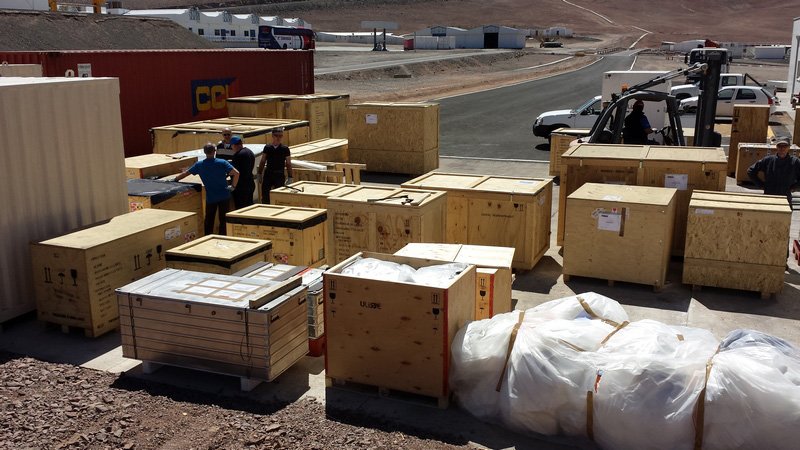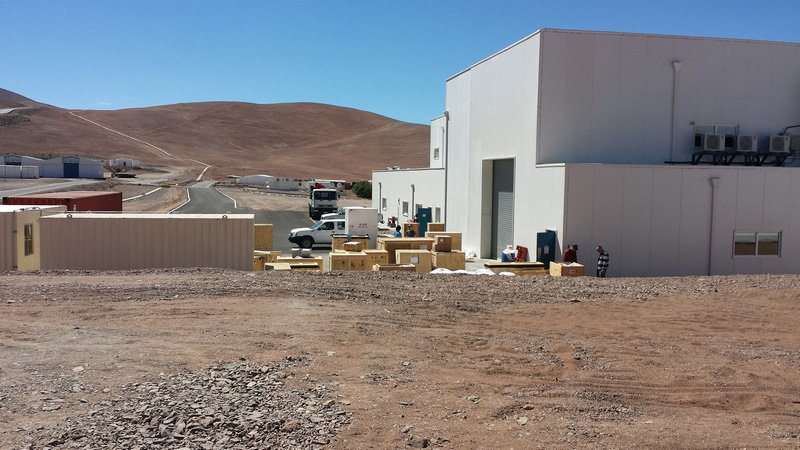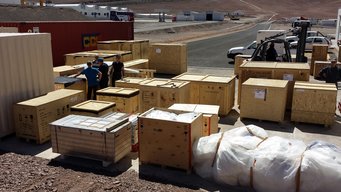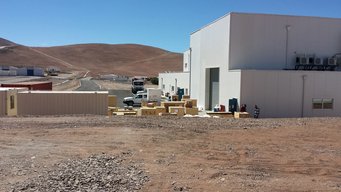On the Hunt for Exoplanets – SPHERE Arrives at Paranal
The search for planets outside our solar system and the related questions regarding their formation and their potentially life-friendly properties are among the most exciting topics in modern astrophysics. However, almost all of the more than 1000 exoplanets discovered since 1995 were found using indirect methods. This will soon change with SPHERE, a powerful instrument that has just arrived at ESO's Paranal Observatory in the Chilean Andes to collect direct images of Exoplanets.

Capturing such direct images is one of the biggest challenges in observational astronomy for two reasons. First, the difference in brightness between the star and its planet is extremely large. Second, the apparent separation of such planets from their parent star is very small, due to their large distance from us. Direct observations therefore require both high contrast and the best possible resolution.
SPHERE (Spectro - Polarimetric High- contrast Exo -planet REsearch) will soon be mounted on one of the VLT 8m telescopes at Paranal. To image planets, SPHERE combines six major components:
- an "extreme adaptive optics system," for performing real-time compensation of atmospheric turbulence, which limits the spatial resolution of telescopes
- a suite of advanced coronagraphs to block the light of the bright host star, and
- three infrared instruments (Polarimeter, Camera and Integral-Field Spectrograph)

"It's great that SPHERE now can be assembled at Paranal after years of intensive work and the international team is waiting for "first light" of the instrument," says Prof. Thomas Henning, director at MPIA and CO-I of SPHERE.
The SPHERE consortium consists of 12 major European astrophysical institutes and other partners. The managing institute (PI-Institute) is the Institut de Planétologie et d'Astrophysique de Grenoble / Institute of Planetology and Astrophysics, Grenoble (France) with Jean -Luc Beuzit as PI and Markus Feldt from MPIA as co-PI.
Images

Larger version for download


